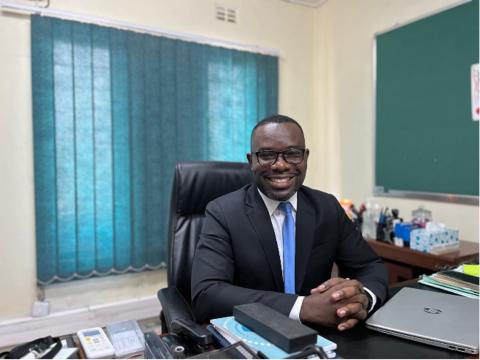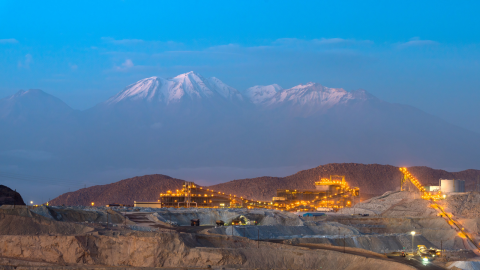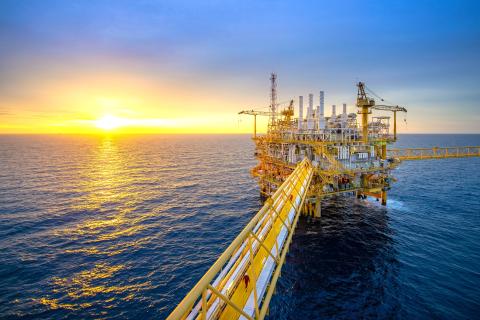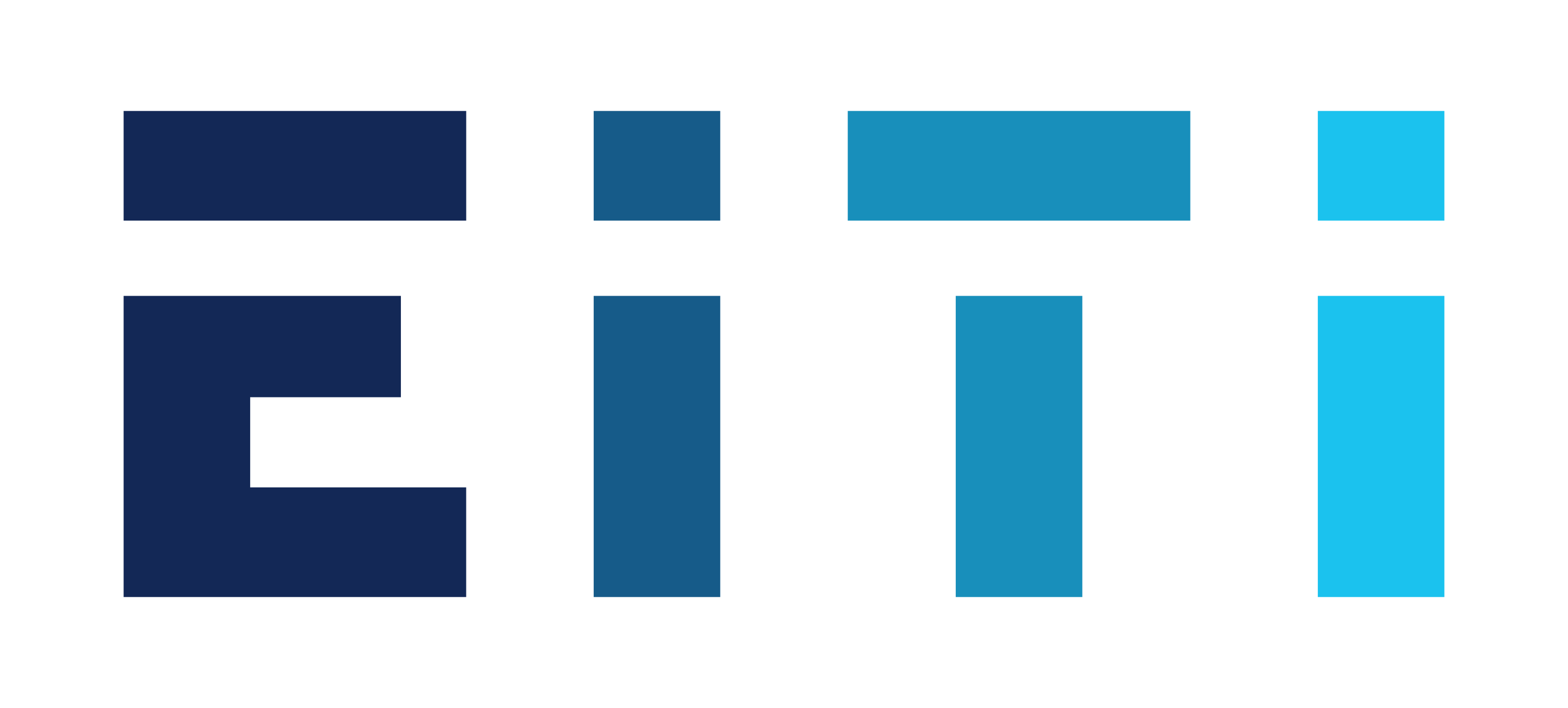
By John Strongman, Mining Adviser at the Oil, Gas, Mining and Chemicals Department, World Bank
Why should we be concerned about extractive industries (EI) and gender? Experience at the World Bank has identified what we call the extractive industries (EI) gender bias. For local communities, the bulk of the benefits are employment and income – which go primarily to men. Typically 80-90% of the employment at a mining site or oil/gas production area goes to men. In contrast, most of the negative, social, environmental and cultural negative impacts, often including increased domestic and community violence, fall upon women and the families they care for. The findings of our work can be found by going to www.worldbank.org/eigender/.
“Women do not talk in these meetings”
In 1996 I attended a Mining and Community Conference for the first time. This was in Quito, Ecuador. Outside the conference local women were protesting the mining activities. Inside one of the women’s leaders explained the women were concerned that local mining operations were taking away land needed for subsistence agriculture and the women were concerned about the food security for their villages. The mining company could have addressed this by working with the community on food security issues – but the problem was that no one was listening to the women.
Five years later in 2001, at a Mining and Community Conference there were a group of women from the Lihir gold mine who were always the first in the meeting room and the last to leave and who were making a lot of notes. But they never spoke in the meeting. When they were encouraged to speak up they refused, “women do not talk in these meetings” they said – “this is for men”.
In response to the need for a space where women could talk and their voices could be heard, the World Bank and the Papua New Guinea Department of Mines organized the first PNG “Women Mining Conference” in 2003 in Madang, PNG. We expected 60-80 women. 180 attended. One group hired a bus and drove 36 hours to be there.
“Overall our lives are not better off”
When the women complained about the impact of mining I said to them “Be fair, surely mining has improved life for you.” They responded “yes, better health care is available for those who work at the mines – but others miss out. Our girls are better educated – but there are no jobs for them. And what happens in our society is that when men have good incomes they don’t share the money with us, they take a second wife and have a second family – so no, overall our lives are not better off. “
This led me to see very clearly that even though EI might be improving the living conditions for a community overall – what I and many in the development community, the government and the EI companies had not seen was that the distribution of EI benefits and risks was very uneven between men and women. As I discussed this with others I found that a lot of people would visit the mine sites but very few if any, myself included, would seek out the community women to talk to them.
Most importantly, what I discovered was, like it or not, the employment from oil, gas and mining projects tended to inadvertently worsen the power balance between men and women especially in remote areas. EI employment meant the men suddenly had cash incomes and a working life outside of the home, whereas their wives had no income and were confined to the home with more work to do with the men away during the day at the mine site. The standing and say of the men increased substantially at home and in the community – but for the women it declined.
As opportunities arose I started to enquire some more about gender and EI with some very interesting results. A couple of years later we had a workshop at the World Bank on the social and environmental challenges of the oil industry in the Niger Delta. I asked one of the speakers from Shell if there was any work with women’s groups. Yes he responded – this is the one area where we are able to make consistent progress – the women are concerned about achieving long-term improvements and they make reliable partners for community projects.
More recently other World Bank-supported EI gender initiatives have taken place or are ongoing with positive results in Latin America in Peru, in Africa in Tanzania and Uganda, and in Asia in Lao. This is not to say that working with women’s groups is a panacea – there are situations in Papua New Guinea where unresolved conflict between women’s groups has stalled promising initiatives. But making sure that women’s views are heard and are included in development processes can bring important insights and development benefits.
What does all this mean for EITI?
From my perspective, EITI offers a wonderful example of the empowerment of civil society from the perspective that it seeks to first, make available information to civil society; second, to equip civil society to understand and work with that information; and third, provides a structured discussion space for civil society to engage with government and industry.
FIVE steps implementers in EITI countries can consider taking
First, is to ensure that women and women’s groups are well represented in the Multi- Stakeholder Groups (MSGs) – with an initial target of a minimum of say one third of the MSG representatives being women – and covering not just civil society but also government and industry participation in the MSG. Furthermore, it is not just the “elite” women from the capital city who should be invited to participate, but also the “on the ground” leaders of local community women’s groups.
Second, is to recognize that educational opportunities in many countries may result in different starting points for the male and female MSG members, and, where requested by the women, to give the women civil society MSG members their own training so that they are better equipped and able to understand how the extractive industries work and what are the important features and implications of the payments and receipts data that is published and the reconciliation reports.
Third, is to encourage the MSG’s to include women not only as members, but also in leadership positions – to avoid the risk of tokenism, that women are included but not given equal standing as men.
Fourth, is to collect and disseminate gendered disaggregated data in terms of women’s participation in MSGs and MSG training activities and to accompany this data with any insights or examples where women have brought a different perspective that has added to the insights or activities of individual MSG groups.
Finally, both women and men civil society representatives will likely bring other EI-related concerns beyond those of just financial payments and receipts. The EITI can encourage government and industry to set up parallel discussion spaces where environmental and social and other issues of concern can be addressed in an orderly and structured manner with both women and men well represented.
Связанные материалы





